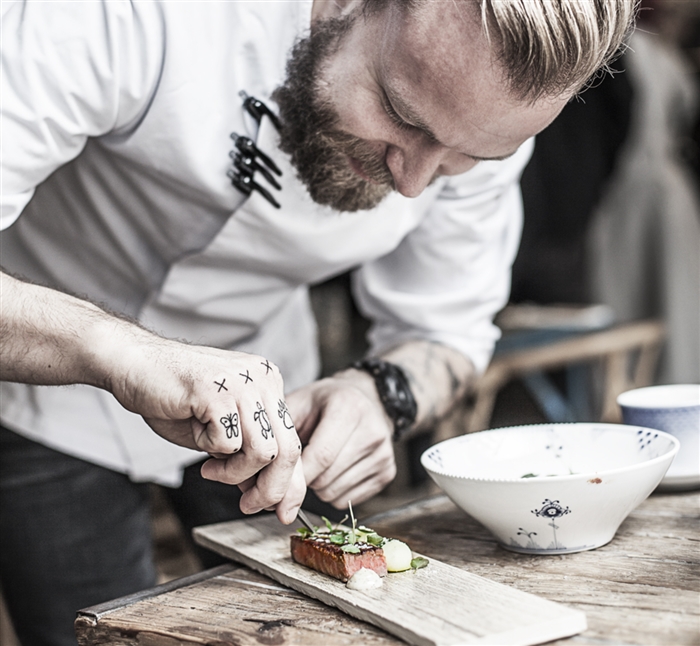
Rooted in the rich cultural heritage of the Nordic countries, Scandinavian cuisine offers a unique and diverse tapestry of flavors. From the fjords of Norway to the dense forests of Sweden and the coastal landscapes of Denmark and Finland, each region contributes its own distinctive elements to the culinary traditions of Scandinavia. Let's savor the fascinating world of Scandinavian cuisine as we delve into its traditional dishes, ingredients, and cultural influences.
A tapestry of seafood delicacies
Given its proximity to the North Atlantic and Baltic Sea, seafood plays an important role in Scandinavian cuisine. From gravlax (dried salmon) in Sweden to pickled herring in Denmark and Norway, the region boasts a wide range of seafood specialties. Smoked fish, often served with dill and mustard sauce, reflects the Scandinavian appreciation for the bounty of the seas.
Scandinavian forage and wild ingredients
The Scandinavians have a long tradition of gathering wild ingredients from their pristine landscapes. Berries, mushrooms and herbs gathered in forests and meadows find their way into a variety of dishes. Lingonberries, cloudberries and juniper are among the wild ingredients that add distinct flavors to Scandinavian cuisine.
Gathering is not only about getting food. Today it is more like a hobby, like many others: https://hypermobilitet.se/blogg/utforska-skandinaviens-mest-populara-hobbys-en-djupdykning-i-kreativitet-och-nojen/, outdoors.
Traditional holidays with a buffet
A buffet is the quintessential Scandinavian culinary tradition, showcasing a wide variety of cold and hot dishes. Typically featuring a variety of fish, meats, cheeses, and breads, the buffet is a communal meal that emphasizes the diversity of flavors and textures inherent in Scandinavian cooking.
Rye bread and open-faced sandwiches
Rye bread has a special place in Scandinavian cuisine, and open-faced sandwiches, known as "smørrebrød" in Denmark and "smörgås" in Sweden, are a favorite culinary tradition. Fillings range from herring and shrimp to cold cuts and spreads, reflecting the local ingredients and preferences of each region.
Hygge and fika culture
In addition to the food itself, Scandinavian culinary traditions are intertwined with cultural practices such as hygge in Denmark and fika in Sweden. Hygge embodies comfort and friendliness, often associated with communal meals, while fika emphasizes the ritual of taking a break with coffee and pastries. These cultural elements contribute to the warmth and hospitality associated with Scandinavian cuisine.
The new Scandinavian cuisine
In recent years, the culinary movement known as New Nordic Cuisine has gained international recognition. Focused on the use of local, seasonal and sustainable ingredients, this movement has taken Scandinavian gastronomy to new heights. Famous restaurants such as Noma in Copenhagen have become global ambassadors for an innovative and nature-inspired approach to cooking.
In conclusion, Scandinavian culinary traditions offer a wonderful blend of historical influences, natural richness, and modern innovation. From the freshness of seafood to the richness of wild ingredients, from the conviviality of traditional feasts to the sophistication of new Nordic cuisine, Scandinavian cuisine reflects the diverse and ever-evolving tastes of the Nordic countries. Exploring the culinary delights of the North is not only a sensory journey, but also an opportunity to glimpse the cultural richness that defines Scandinavian gastronomy.
More information: https://digitalguyde.com/articles/cloud-gaming-unveiled-revolutionizing-the-gaming-landscape.html
